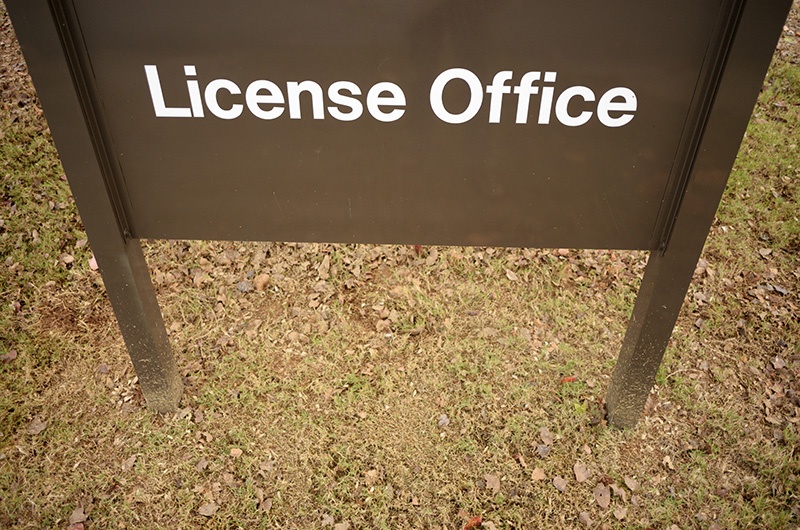- Blog Overview
- Knowledge
- How public offices are improving the citizen experience

How public offices are improving the citizen experience
Jeff Green |June 30 2016 | 6 min
Across the country, government and public agencies are facing a conundrum. On the one hand, entities like the DMV, Department of Veterans Affairs, and city/county services don’t have to deal with competition. For the most part, citizens have one resource option for satisfying requirements like renewing a license or filing a building plan. On the other hand, they are facing a growing imperative to improve everything from operations and staff capacity, to location environments. Ironically, in some cases this enables stagnancy from these entities in enabling change, a city doesn’t have to worry about competition.
This shift has come about at least in part because the citizen demographic has changed. The general population has become accustomed to a higher level of competency and efficiency from service providers in every industry. With companies like Apple leading the charge to streamline a consistent, impactful brand experience from online to on site, people have come to expect control over the steps in their customer journey and an efficient conclusion to the task they have undertaken. And they are fully empowered and happy to share their (positive or negative) experiences with a broad audience via social media.
Public agencies are included in these expectations. Citizens expect to be able to start their customer journey online by accomplishing tasks like making appointments and filing paperwork, and to conclude that journey inside an efficient public agency location prepared for them and laid out in such a way as to speed the citizen through the environment.
Compounding this challenge, these organizations are working to address growing demands with either stagnant or diminished resources. In other words, the need has increased – but the budget has not. Innovation, then, must be focused on continually improving staffing, locations, and customer service structures based on performance data gathered at every phase in the citizen journey.
Qmatic works closely with all types of government agencies in the U.S. and around the globe. Despite the variety of locations and tasks, they share two common objectives – improve the customer experience and find ways to consolidate their offerings.
Improving the Citizen Experience
Creating strategies to serve citizens more efficiently and effectively begins with assessing how well the organization is operating. That requires a customer journey discovery process that shows how citizens and employees engage across every touch point from appointment through the conclusion of the task. With those insights, the agency can make the necessary updates to everything from queuing processes to mobile engagement.
The second piece of this vital step is Business Intelligence (BI). Operational efficiency is an ongoing, iterative effort that requires real data (not opinions) about how well the organization is operating. These analytics inform the benchmarking needed for budgeting, planning, and maximizing throughput in the ongoing process of pursuing performance excellence.
Consolidation
Understanding how citizens need and want to consume public services (e.g., pay a property tax or apply for a permit) is helping public agencies to reduce costs and improve the citizen experience by informing ways to consolidate related services. By building flexibility into the locations, staff, and services resources, public offices can become a ‘one stop shop.’
Not only does that consolidation allow constituents to plan and accomplish tasks quicker – making them happier – it supports operational and cost efficiencies on the provider side. For example, agencies can use BI to track demand volume for specific services, and then allocate the best office space, and the appropriate number of staff members, service windows, and waiting spaces. This flexibility reduces waste and even allows for better cross-training and resource planning.
Recently, I spoke on a panel with Kate Joncas, Deputy Mayor of Seattle, and Rick Cole, the City Manager for Santa Monica. Both shared the importance of planning for the outcomes you want and budgeting (funding) those outcomes. If you want to provide better customer services, enable the organization to do exactly that. My key messaging with these great leaders, was to measure success via the right data and success criteria, the ones that directly reflect the outcomes you are seeking.
In the US and across the world, public agencies are working hard to address solvable issues and to prepare for the issues they will face in the near future. Qmatic brings global perspective and innovation to the local level to help public agencies succeed through actionable intelligence, and an integrated suite of logical, cost-efficient solutions that make the best possible use of public dollars in the effort to transform the citizen experience.
Learn more about improving satisfaction scores and operational efficiencies in government
with Customer Experience Management.








